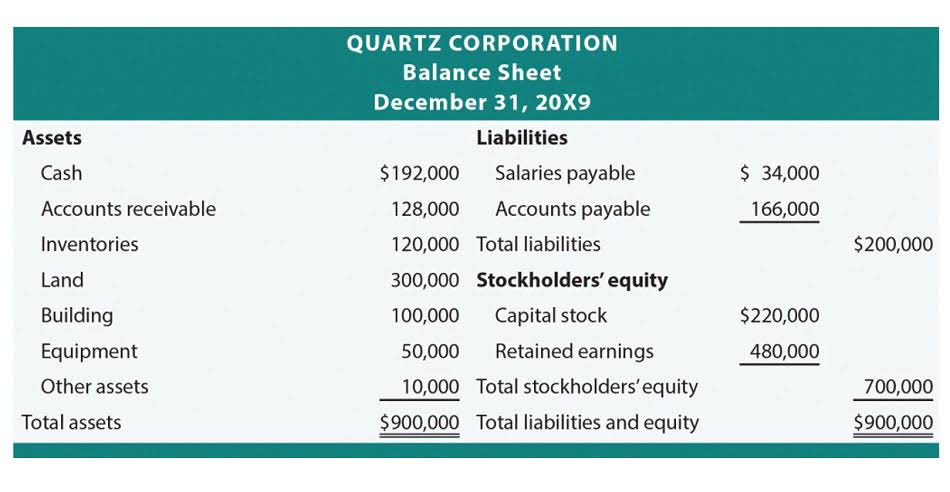The UK’s First Fantasy Sports Community Est March 2000
In this sixth part of our Season Preview series, we’re taking a look at Leeds United and reigning champions Liverpool. Additionally, sharing tips with others also leaves players vulnerable to criticism—a sometimes uncomfortable but often enriching exercise. Players rationalize their choices, defend their selections, and absorb criticism that in the end makes them more capable. Over time, this exchange gives rise to not only more competent fantasy managers but more reflective and resilient players. A player delivering excellent per-90 statistics is only useful if they actually play most games.
The crossover appeal of fantasy sports and online gambling
At the moment of writing, the France international finds himself in just 2.2% of all FPL squads, which makes him an interesting differential fantasy pick in our opinion. One of the main “victims” of Manchester City’s lesser 2024 – 2025 campaign was Phil Foden (£8.0m), who reached just 105 FPL points. The England international managed just 7 goals and 3 assists from 20 league starts and 1,771 Premier League minutes in total, after impressing a season earlier with no less than 230 FPL points, courtesy of 19 goals and 8 assists. The reason we are including Foden in our list of potential FPL picks from the Manchester City roster, besides his undeniable quality, is the departure of Kevin de Bruyne. With the Belgian now aiming for the Serie A with Napoli, Foden has the opportunity to establish himself as the team’s new creator-in-chief. He was good during the Club World Cup and it seems like Pep will put his trust in him for the start of the 2025 – 2026 Premier League.
What this means for fantasy sports fans
The 27-year-old midfielder was brought in from Newcastle for around £ 12 million this summer and is expected to slot right into Daniel Farke’s starting eleven. Longstaff provides Leeds with much-needed Premier League experience in the centre of the park, while he has also shown to be a productive asset when deployed a bit further up. With a price tag of just £5.0m, the former Newcastle man could very well emerge as a budget favourite, especially if Farke uses him in a slightly more attacking role. We know, we know, in modern FPL lore, Lucas Digne (£4.5m) is known as the ultimate FPL troll.
FPL 2025/26 Pre-season Club Previews – Part 10: West Ham United & Wolves
- In Kenya, learning begins with tiny social games, and tutorial videos which they share amongst themselves.
- Whether you’re streaming, gaming, or connecting via social media, the variety of entertainment options online means there’s something for everyone.
- We have opted to recommend a player from the latter category, in the person of Maxime Estève (£4.0m).
- For further discussions have a look at FISO’s FPL forum where you can also see the FPL mini-leagues and FPL side-games available.
- In the build-up to gameweek 1, we will be taking an in-depth look at each of the 20 teams competing in the Premier League this season, including a general team preview, a tactical preview and some FPL recommendations per side.
The season before that, he recorded 182 FPL points, scoring 16 goals and providing 6 assists. If, despite West Ham’s tough opening set of fixtures, you are set on bringing in a Hammer for your Gameweek 1 squad, Bowen is the way to go. For a player that seems largely immune to fixtures, opponents and the form of his own team, £8.0m is an acceptable price, though it should be noted that this season, he has been reclassified from a midfielder to a forward. That means one less point for a goal and a clean sheet, but more potential points as a result of reviewed defensive bonus points system this season.
The influence of community forums on fantasy game tactics
Watching press conferences, injury reports, and tactical trends helps avoid being caught out. Clubs with strong squads often rotate more heavily during busy periods, so knowing a manager’s habits can prevent wasted transfers. The arrival of the Portuguese manager did help turn around the club’s fortunes, as he quickly decided on a relatively settled formation, in contrast to his predecessor, who was often accused of tinkering too much. In great part thanks to a six-game winning streak, a first for Wolves in the topflight since 1970, Pereira managed to comfortably secure the club’s Premier League survival with five games to spare.
Gamers in the UK can now easily play titles like slots and roulette on both domestic sites, which follow the UK’s rules like GamStop, and international sites, which operate outside of these rules. A growing number of gamers are choosing to play at UK casinos not on GamStop in 2025 to take advantage of the special offers, game variety, and flexible options that these sites boast. Manchester City have been handed a largely appealing set of opening fixtures for the 2025 – 2026 season, which consists of just two opponents from last season’s top eight in the first eight Gameweeks. As a result, we expect Gameweek 1 squads to feature plenty of Cityzen assets, including Erling Haaland (£14.0m).
Fantasy managers also benefit from Kelce’s consistency; he rarely has “down” games, even against top-tier defenses, and his playoff track record proves he delivers when it matters most. Mahomes remains the heartbeat of the Chiefs’ offense and a cornerstone in fantasy football. His ability to extend plays, throw accurately from multiple arm angles, and attack every blade of grass on the field keeps him in the elite QB1 conversation every season. Sponsorship of fantasy leagues provides casinos with the means of placing their products in contact with this kind of market without being pushy. Those who enjoy planning their fantasy line-ups might also be willing to try a casino game when familiar with the brand. Many platforms allow users to create playlists, bookmark favourites, and adjust settings, giving a sense of ownership and control over the entertainment experience.
Online Games
At the moment of writing, the Reds have already spent about £300 million and we would not be surprised if there is more to come still. A cool £116 million was spent on German prodigy Florian Wirtz from Leverkusen, while around £69 million was paid for Eintracht Frankfurt striker Hugo Ekitike. The full-back positions were strengthened as well with Milos Kerkez (£40 million from Bournemouth) on the left and Jeremie Frimpong (£30 million from Leverkusen) on the right. Players also engage with written content—local blogs, YouTube commentary, or learning posts that touch on the psychological and mathematical side of the game.
FPL 2025/26 Pre-season Club Previews – Part 6: Leeds & Liverpool
- Other potentially rewarding picks for the armband include Erling Haaland away at Wolves, Chris Wood at home to Brentford and West Ham’s Jarrod Bowen away against promoted Sunderland.
- Another potentially interesting FPL pick from the Wolves roster is Ki-Jana Hoever (£4.0m), not in the least thanks to his bargain price tag.
- Gamers in the UK can now easily play titles like slots and roulette on both domestic sites, which follow the UK’s rules like GamStop, and international sites, which operate outside of these rules.
- It should be noted though, that he is facing competition from Pedro Lima, who is also priced at £4.0m, by the way.
- Their logos are visible to fans, maybe even interacted with through in-game advertising, and become linked with the excitement of fantasy sports and online gaming.
There’s no push behind them, just the natural presence of gross profit vs net profit the term in broader informational content. Content producers, especially in the fantasy sports sector, are also becoming targeted. Podcasters, YouTube stars and social media influencers are getting into partnership with casino brands to provide deals in a natural, engaging way.
For further discussions have a look at FISO’s FPL forum where you can also see the FPL mini-leagues and FPL side-games available. A good alternative to the Egyptian superstar is Cole Palmer for Chelsea’s visit to West Ham, as well as Bukayo Saka for Arsenal’s home game against Leeds. Riskier picks for the armband include Antoine Semenyo at home against Wolves, Chris Wood for Nottingham Forest’s visit to Crystal Palace and Lucas Digne for Aston Villa’s visit to Brentford. Algorithms on platforms such as Netflix, YouTube, and Spotify analyse user behaviour to recommend content tailored to individual tastes. This bespoke approach enhances user satisfaction by minimising effort in finding appealing entertainment.






















آخرین دیدگاهها